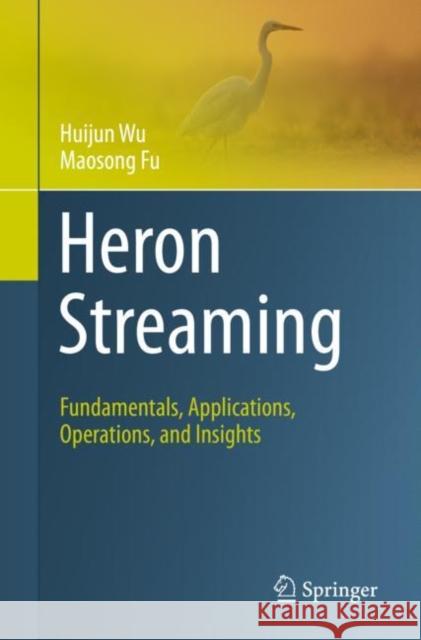Heron Streaming: Fundamentals, Applications, Operations, and Insights » książka
topmenu
Heron Streaming: Fundamentals, Applications, Operations, and Insights
ISBN-13: 9783030600938 / Angielski / Miękka / 2021 / 208 str.
Kategorie:
Kategorie BISAC:
Wydawca:
Springer
Język:
Angielski
ISBN-13:
9783030600938
Rok wydania:
2021
Wydanie:
2021
Ilość stron:
208
Waga:
0.33 kg
Wymiary:
23.39 x 15.6 x 1.24
Oprawa:
Miękka
Wolumenów:
01
Dodatkowe informacje:
Wydanie ilustrowane











